Value Added Tax (VAT) is a cornerstone of the UK’s taxation system, impacting businesses across various sectors. With the introduction of the Making Tax Digital (MTD) initiative, the landscape of VAT compliance has undergone significant change. This blog delves into the fundamentals of UK VAT and explores how MTD has reshaped compliance requirements.
What Is VAT?
VAT is a consumption tax levied on the sale of goods and services in the UK. Businesses are required to register for VAT if their taxable turnover exceeds £90,000. Once registered, they must charge VAT on their sales, submit periodic VAT returns, and remit the collected tax to HM Revenue & Customs (HMRC) (gov.uk).
The Introduction of Making Tax Digital (MTD)
Launched in April 2019, MTD is a government initiative aimed at modernizing the tax system. It mandates that VAT-registered businesses maintain digital records and use compatible software to submit their VAT returns. The primary objectives of MTD are to reduce errors, improve efficiency, and make tax administration more effective (gov.uk).
Key Changes Under MTD
Digital Record-Keeping: Businesses must keep digital records of their transactions, including details of sales and purchases.
Use of Compatible Software: VAT returns must be submitted using software that can communicate with HMRC’s systems. This ensures a seamless and accurate transfer of information.
Bridging Software: For businesses using spreadsheets, bridging software can be employed to link their records to HMRC’s systems, facilitating compliance without overhauling existing processes.
Benefits of MTD
Enhanced Accuracy: Digital records reduce the likelihood of manual errors in VAT calculations and submissions.
Improved Efficiency: Automated processes streamline VAT return preparation, saving time and resources.
Real-Time Updates: Businesses gain better visibility into their tax obligations, aiding in financial planning and cash flow management (gov.uk).
Compliance and Penalties
Non-compliance with MTD requirements can result in penalties. HMRC has implemented a points-based penalty system for late submissions and payments. Repeated failures can lead to significant fines, emphasizing the importance of timely and accurate VAT reporting (gov.uk).
Exemptions and Support
Certain businesses may be exempt from MTD, including those with religious objections to digital record-keeping or those unable to use digital tools due to age, disability, or location. HMRC provides guidance on applying for exemptions and offers support to help businesses transition to the new system (gov.uk).
How HiveMTD Can Help with Making Tax Digital for VAT and to Fulfil VAT Compliances?
HiveMTD is an HMRC Recognised VAT software under Making Tax Digital framework. HiveMTD provides an intuitive and reliable solution specifically tailored to help businesses seamlessly adapt to MTD requirements. Here’s how HiveMTD makes compliance simple and effective:
Easy Digital Record-Keeping: HiveMTD allows businesses to effortlessly maintain digital transaction records in compliance with HMRC guidelines.
Seamless Submission of VAT Returns: Integrated with HMRC systems, HiveMTD software ensures your VAT returns are filed accurately and timely.
Bridging Software Solutions: Businesses using traditional spreadsheets can integrate with HiveMTD’s bridging software, simplifying compliance without disrupting existing processes.
Real-Time Compliance Updates: Stay updated and aware of your VAT obligations with HiveMTD’s real-time reporting features, reducing the risk of penalties.
Expert Support and Guidance: HiveMTD’s dedicated customer support team assists businesses in navigating VAT compliance, ensuring you are always informed and prepared.
HiveMTD makes VAT compliance under MTD straightforward, efficient, and error-free, enabling businesses to focus on growth rather than paperwork.
Conclusion
The implementation of Making Tax Digital marks a significant shift in VAT compliance, pushing businesses towards digitalization. Embracing MTD not only ensures compliance but also offers opportunities for improved accuracy and efficiency in financial management.
For more detailed information, refer to HMRC’s official guidance on Making Tax Digital for VAT.
Note: This blog post is intended for informational purposes only and does not constitute legal or financial advice. Businesses should consult with a professional advisor to ensure compliance with VAT and MTD requirements.
